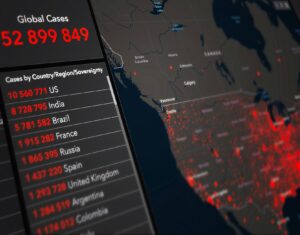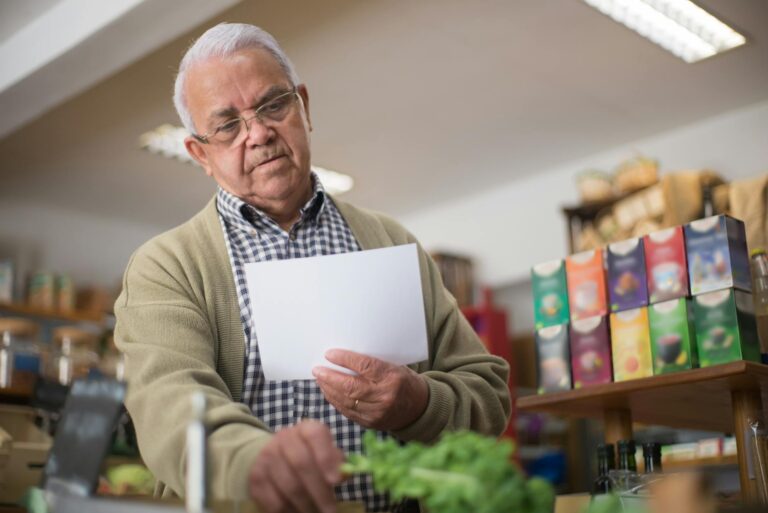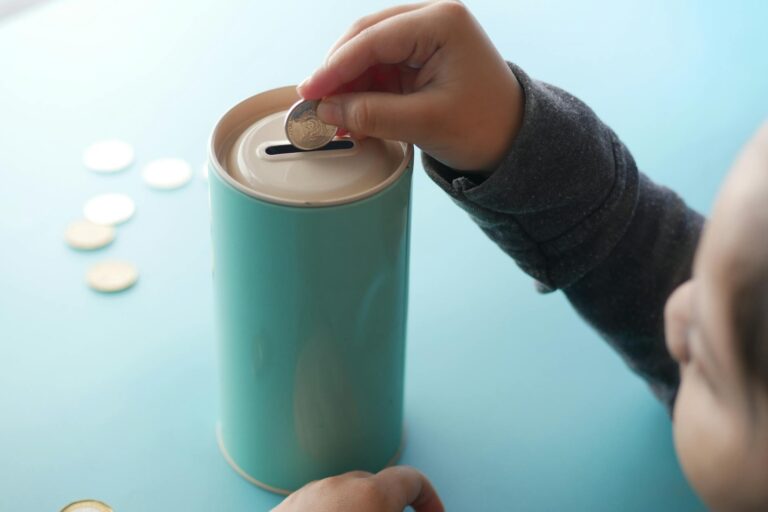How the Sabar Tribe Turned Sweets Into a Sweet Deal
You know what’s crazy? In the middle of Jharkhand’s dense forests—where most people struggle just to get by—the Sabar tribe stumbled onto something unexpected. Sweets. Yeah, the kind you eat. What started as a desperate shot at making ends meet has turned into this whole movement. And honestly? It’s kind of inspiring.
Who Are the Sabar People Anyway?
Okay, quick backstory. The Sabars are one of those tribes that always got the short end of the stick—officially labeled as “Particularly Vulnerable” by the government. For generations, they scraped by collecting forest stuff or doing daily wage work that paid peanuts. Then the forests started drying up, and the daily wages… well, let’s just say ₹200 a day doesn’t buy much these days. That’s when things got interesting.
The Lightbulb Moment: Why Sweets?
Here’s the thing—everyone loves sweets, right? Some NGOs (shoutout to Asha for Education) had this wild idea: teach Sabar women to make traditional laddoos and pedas using stuff they could find locally. At first? Total disaster. No proper equipment, no clue how to sell them, and honestly, a lot of people thought it was a dumb idea. But Sunita Sabar—one of the first to try it—put it best: “We had one stove and a whole lot of nothing to lose.”
The Hustle: From Kitchen Experiments to Real Money
So they started small—learning basic hygiene, figuring out how to package stuff without it looking like a kid’s school project. Weekly tribal markets became their testing ground. And guess what? People went nuts for their sweets. No artificial crap, just pure ingredients. Fast forward to today, and over 50 families are pulling in ₹8,000–₹12,000 a month. In a place where most earn ₹200 a day? That’s life-changing money.
More Than Just Money: The Ripple Effects
This isn’t just about cash, though. Women who used to stay home all day are now handling suppliers and bank accounts. Kids are actually going to school because families can afford it. Oh, and Google searches for “tribal sweets Jharkhand”? Skyrocketed by 300% since 2021. Meera Sabar—a mom of three—told me, “For the first time, the money stays with us instead of some middleman.” Mic drop.
Roadblocks (Because Nothing’s Ever Easy)
Of course, it wasn’t all smooth sailing. Packaging materials were hard to get, power cuts messed with production, and big candy companies started copying their ideas. Their solution? Get creative. Solar dryers instead of electric ones. Jaggery-based recipes to attract health nuts. Basically, they MacGyver’d their way through every problem.
What’s Next? Big Dreams
After getting a shoutout in Jharkhand’s official Impact Report, they’re aiming higher. E-commerce deals. Maybe even their own food festival. Arjun Sabar—one of their leaders—said something that stuck with me: “We don’t want pity. We want our sweets in your kitchen.” Damn right.
Wanna Help? Here’s How
If this story hits you like it hit me, you can actually do something. Buy their sweets through NGOs like Asha for Education. Share their story. Hell, volunteer if you’re nearby. Every ₹100 spent puts food on a family’s table—not some corporate CEO’s yacht.
The Takeaway
At the end of the day, the Sabars showed something we keep forgetting: give people real opportunities, not handouts, and magic happens. Their sweets aren’t just tasty—they’re proof that dignity tastes way better than charity. And honestly? That’s the kind of development India needs more of.
Source: Hindustan Times – India News











